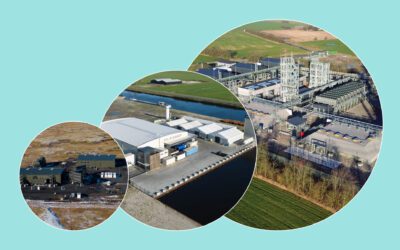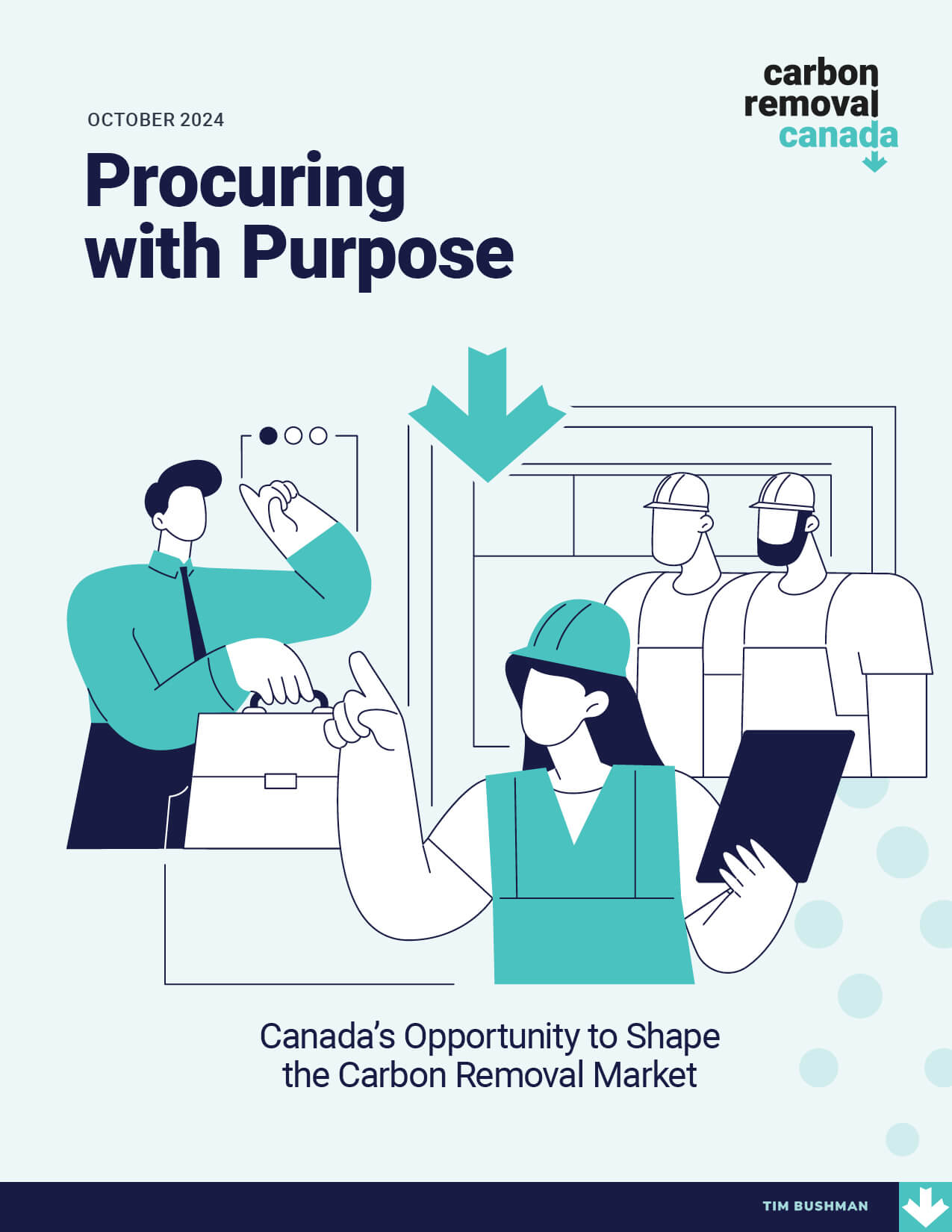The carbon removal sector is increasingly recognizing community engagement as a crucial component of project siting and deployment — even at the pilot stage
In Canada, projects like Solid Carbon, which explores in-ocean carbon storage off the west coast of British Columbia, have made community outreach part of their early-phase activities. Outside of Canada, initiatives like the Woods Hole Oceanographic Institution’s LOC-NESS project in New England have faced scrutiny around their engagement practices, reflecting the growing expectation for meaningful interaction with local communities.
At the same time, funding bodies and regulatory agencies are starting to embed public engagement requirements into their permitting and approval processes. For example, the US Environmental Protection Agency’s (EPA) Marine Protection, Research, and Sanctuaries Act (MPRSA), one of the regulatory frameworks for marine carbon removal activities, requires public participation as part of the permitting process. Similarly, funders like the ClimateWorks Foundation and Frontier now routinely require some demonstration of community engagement in project proposals.
Community engagement pitfalls
This shift is a welcome one. It reflects a growing acknowledgment that communities living near a proposed project site — or those more broadly affected by its development — should be considered an integral part of the process. Still, important questions remain about how community engagement is defined, interpreted, and practiced — and to what end.
Too often, engagement is treated as synonymous with “consultation”— a process aimed less at genuine inclusion and more at securing a social license to operate. When that’s the case, community engagement risks becoming a box-ticking exercise: communities may be informed and perhaps asked for feedback, but their concerns, priorities, and local knowledge are not meaningfully integrated into the design, decision-making, or implementation phases.
This becomes especially concerning for projects proposed in First Nations communities or other frontline communities, which have historically experienced injustices such as land theft, exploitation of resources, and dismissal of local priorities in the name of progress or economic development. For these groups, community engagement as consultation contributes to the continuation of past injustices and reinforces an already deep mistrust in private developers and government institutions.
From community engagement to community agency
For these reasons, deeper, more meaningful community engagement processes should be established, where engagement reflects agency rather than mere consultation.
First, the input and feedback provided by community members should ultimately be integrated into the deployment of carbon removal projects. This does not mean that everything that communities suggest should be blindly adopted and followed, but rather that developers should take ideas and input into account and try to find solutions that accommodate what community members are suggesting. This process is only possible if an honest and transparent relationship is developed between all parties. Communities should constantly be kept in the loop on the latest developments of research activities and deployment efforts.
Second, for communities to become ‘agents,’ engagement activities should be continuous and iterative rather than one-off meetings, and they should facilitate access and understanding of the subject matter for various groups.
Finally, processes should be in place that allow for genuine deliberation on key decisions, such as siting, expansion of operations, and the type of carbon removal approach adopted, just to name a few. These deliberations could draw some lessons from existing deliberative and participatory democratic processes that have been adopted in other contexts while also tailoring them to the local context.
Social innovation and public ownership
There are, however, scenarios where these steps do not go far enough. Even if a project begins with strong community engagement, ownership and power dynamics can shift over time. Startups might ultimately be acquired by larger corporate players, and similarly, governments and political winds might change.
For this reason, for lasting community agency, some form of community ownership of carbon removal projects should be seriously explored — not just as a radical ideal but as a practical safeguard. Ownership offers a more durable form of agency and can ensure that community priorities continue to shape projects long-term.
Already, alternative ownership models for governing climate and other forms of critical infrastructure do exist, and many have proven successful across sectors. These include food and energy cooperatives, municipally owned utilities, and employee-owned manufacturing firms, to name just a few. Hybrid models, such as Indigenous co-ownership of climate infrastructure, also offer important pathways to consider.
Additionally, a growing number of researchers and practitioners in the field are calling for carbon removal to be treated as a public good. Rather than positioning carbon removal within a competitive marketplace, they propose it should be governed like waste management — prioritizing public oversight and collective benefit over private profit. Framing it as a public good could help shift focus away from market logics that often emphasize short-term returns and instead ground it in values of equity, accountability, and long-term stewardship.
From the early stages of carbon removal’s development, most of the focus has been on making these technologies more efficient, affordable, and environmentally sound. In short, technical innovation has taken center stage. Yet far less energy has gone into rethinking how these technologies are governed or into building the conditions for a meaningful community agency. Social innovation — how we design institutions, ownership structures, and decision-making processes for the collective good — remains significantly underexplored.
If we are serious about making carbon removal truly “responsible,” we need to confront not only how these technologies work but also who they serve, who controls them, and how decisions are made. That conversation is long overdue.







